The widely-speculated power outage in this year’s Super Bowl XLVII may just be a sign of things to come. Granted, the game in Mercedes-Benz Superdome was an extraordinary event demanding extraordinary resources, especially in regards to electrical power. Nonetheless, the underlying problem remains: too many people, not enough juice, and a host of mechanical parts and pieces in between just waiting to fail. The nation’s badly outdated grid infrastructure, combined with a growing population will strain the nation’s capacity to provide cheap and reliable grid power.
Super Bowl, Super Fun, but Super Wasteful
Most people would not suspect that this year’s Super Bowl XLVII was actually the greenest, most eco-friendly football extravaganza yet. Granted, the Super Bowl is itself, in essence, a huge showcase of celebratory spectacle and distinctively American excess. In fact, the nation consumed more than a billion chicken wings on Sunday, along with 28 million pounds of heart-stopping potato chips, dipped into 53.5 million pounds of avocados, and washed down with 325.5 million gallons of beer. Food aside, the big game itself consumed 4,600 megawatts of power, generating3.8 million pounds of carbon dioxide emissions. That doesn’t sound very green. Nonetheless, even the U.S. Department of Energy jumped on board calling Sunday’s game the greenest Super Bowl
Petty Politics
Within minutes of the power outage, before anyone had a good idea of what had caused the failure, pundits immediately took to politicking. Fox News contributor Katie Pavlich immediately blamed Secretary of Energy Steven Chu, even attempting to coin the term “SuperGate” to describe the fiasco. Other prominent media outlets implicated the Superdome’s new green LED lighting features, which were later proven to have remained lit and functional throughout the debacle. Some spectators and attendees offered more humorous explanations, suggesting that perhaps Beyonce’s eye-dazzling halftime performance had been a bit too extravagant. All of this hullabaloo of course obfuscates the real issues at hand; namely, that reliable power and energy are absolutely critical to the very foundation of American life and civilization. While 34 minutes of partial lighting outages during a football game may not seem particularly consequential, if the same 34 minute power failure had occurred in a hospital, on Wall Street, or at the Pentagon, the results could have been far worse. Some may argue that institutions of importance generally have backup generator systems precisely to counter such unforeseeable blackouts or any loss of electrical power. Well, so did the recently renovated Mercedes-Benz Superdome.
So What’s The Lesson Here?
First, politicians and pundits will always be politicians and pundits. But charged words aside, the fact remains that even the smallest failures in a highly complex system of power distribution can be a very bad thing. On a national scale, this could be a critical safety, health, and national security issue. In the case of the Superdome, a statement released by both Entergy and the stadium’s management team implicated, a sensor “abnormality” that caused an emergency breaker to cut power to half of the arena. But what if it had been an equipment failure in a power plant, a substation, or even just some unpruned foliage weighing down a powerline?
As with any complex system, even a tiny error can have cascading consequences that put the whole operation on hold – and America’s grid system is beyond complex. Our electrical infrastructure is really no more than a haphazard patchwork, consisting of 6 million miles of transmission lines administered by over 3,000 utilities, pieced together over the course of a century. In fact, structurally, it does not look far removed from the very first commercial electric grid Thomas Edison himself setup in 1882. A study by the American Society of Civil Engineers found that more than 70 percent of powerliens and transformers are over a quarter-century old. 60 percent of our circuit breakers are more than 30 years old.
The society has estimated that 673 billion dollars will need to be invested by 2020, simply to avoid a catastrophic breakdown. The same study by the ASCE gave the nation’s infrastructure a D, citing 2.2 trillion dollars in cumulative neglect. The nation spends a measly 2.4 percent of GDP on infrastructure – not even enough to maintain current infrastructure let alone build a competitive edge for the future. In comparison, America’s chief rivals, the European Union and China spend 5 percent and 9 percent respectively on infrastructure. This spending gap makes us incredibly vulnerable.
Distribution: How Renewables Can Help Bridge That Gap
The problem with updating the nation’s failing energy infrastructure lies in the sheer complexity of the undertaking. It will be a massive endeavor. The President himself describes his comprehensive energy initiative, which includes investing in high speed rail and developing renewable energy as well as modernizing the national electrical grid, as the moonshot of this generation. It will take work, willpower, money, and years of research. Many key technologies, such as battery storage, simply haven’t reached a level of sophistication that would allow renewables to displace the grid at this time. Intermittency is also a major roadblock that must be overcome.
Nonetheless, one very practical first step in improving energy security, ramping up renewable technology innovation, and reducing negative environmental impacts could be a nationwide move towards a distributed model of onsite, and renewable, energy generation – especially through the use of rooftop solar arrays. Consider this: on average, nearly 7 percent of all electricity generated is simply lost during transmission from central power plants to customers. Depending on the quality of the infrastructure in a particular area, and the distance from a generating plant to a homeowner, that number could be much higher. That’s irretrievably lost electricity that the customer is paying for, not the utilities.
Furthermore, many state electricity councils have proposed or passed increasingly higher market caps on wholesale electricity in an effort to encourage the construction of more centralized and peaking power plants, in order to meet projected demand. What this means is that many states have effectively raised taxes on taxpayers in order to fund capital-intensive plant-building projects. That’s a double whammy for the citizens of these states who are essentially paying much more for electricity that will continue to be unreliable thanks to a moribund grid.
A far better alternative could be a pivot of strategy from building expensive, and dirty, fossil fuel generators to a more democratic vision in which Americans generate as much of their own power as possible, through rooftop solar or other appropriate renewable systems, and rely on the grid as a supplemental source and collective storage for any excess electricity produced.
The benefits of this vision are many. First, renewable onsite generation skips the inefficiencies and potential bottlenecks of the grid. Electricity generated on an individual’s roof needn’t travel through a gauntlet of transmission wires, circuit breakers, and other efficiency-killing devices inherent to a grid system. That means, the sun shines, and electricity is immediately available for use. However, in regards to the efficiency of solar versus coal, we should also consider the source of the energy, in this case the mining of the coal used to generate the power, which diminishes the overall efficiency footprint of the coal-fired power plant. Second, if a critical mass of households, especially in the sunbelt, invests in solar, strain on the grid and existing power plants will become much more manageable, greatly lessening the risk of blackouts. Finally, in the case of grid failures, as was the situation during and after hurricane Sandy, onsite renewable generation could allow families and businesses to carry on with business as usual until primary grid power can be restored. While it would be unlikely for solar systems to have prevented the Super Dome blackout, they could easily function as critical power lifelines during emergencies. In regards to updating the nation’s infrastructure, a move towards distributed generation could free up limited money and resources that would otherwise have been pork-barreled into big, centralized energy projects or fossil fuel subsidies. It would buy us precious time to raise capital and funding in order to make desperately needed repairs to critical elements of America’s infrastructure.
Super Bowl, Super Green?
While putting “Super Bowl” and “sustainability” in the same sentence may seem like a massive oxymoron, America’s biggest sports event is not utterly beyond a green redemption. Super Bowl XLVII victors, the Baltimore Ravens, areseeking LEED certification for the arena that they call home, the M&T Bank Stadium. Even the defeated San Francisco 49ers are aiming to open a brand new stadium with LEED certification by 2014. These massive sports monuments feature distributed generation as a primary means of reducing carbon emissions and promoting energy independence. Still, the Philadelphia Eagles’ Lincoln Financial Field remains perhaps the greenest of all NFL stadiums, boasting 3 megawatts of onsite solar, twenty micro-wind turbines, and a 7.6 megawatt dual fuel cogeneration plant. That’s more energy than the stadium needs on a game day, and is equivalent to saving half a million barrels of oil over the course of a year. While photovoltiacs and micro-wind turbines are no silver bullet to the dual threat of climate change and game-time power outages, those are still some impressive numbers that the NFL, and football fans everywhere, can get behind.
Super Bowl
Super Bowl Super Bowl Super Bowl Super Bowl Super Bowl Super Bowl Super Bowl Super Bowl Super Bowl



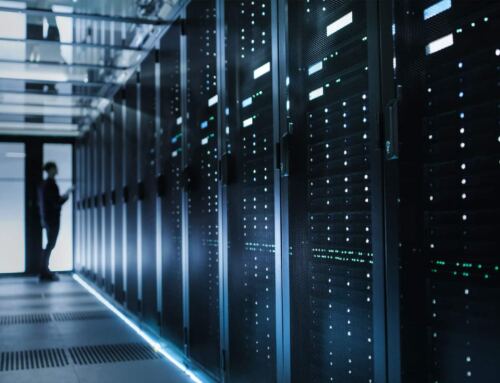
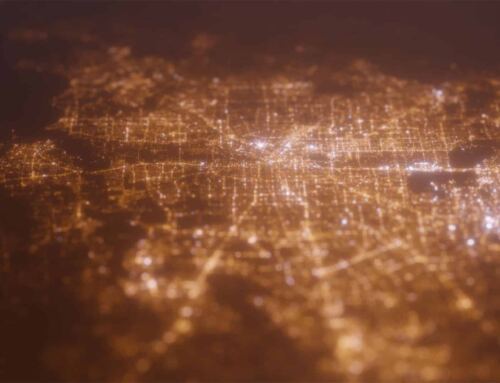
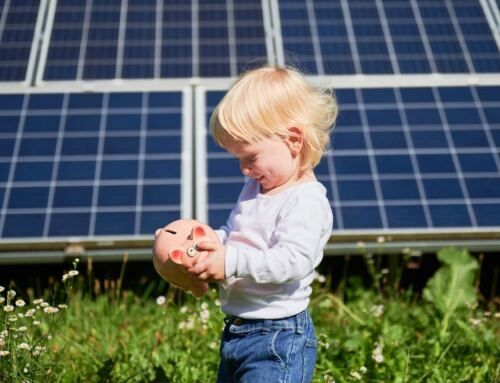
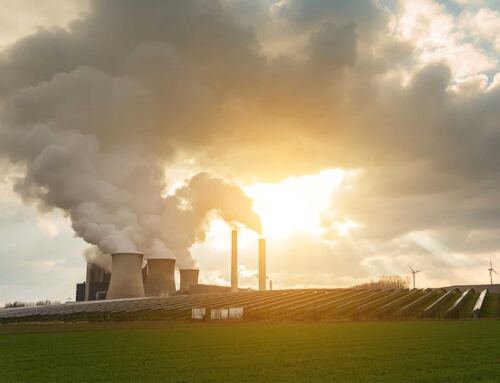
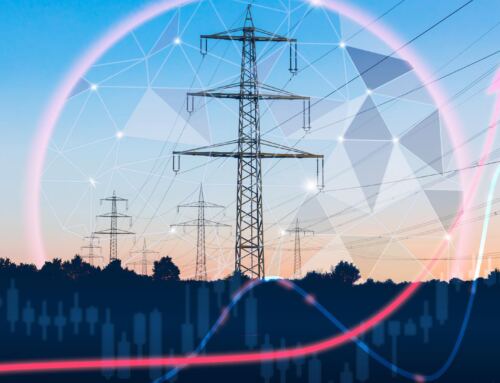
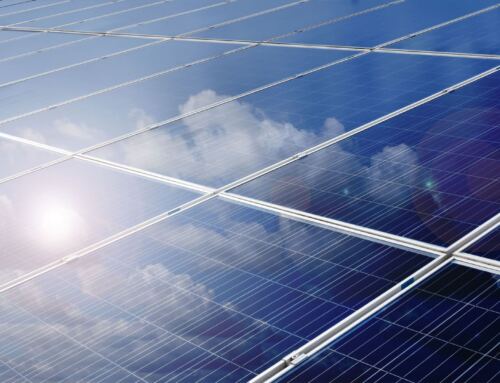
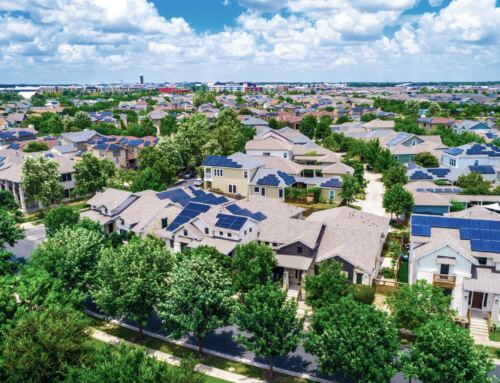
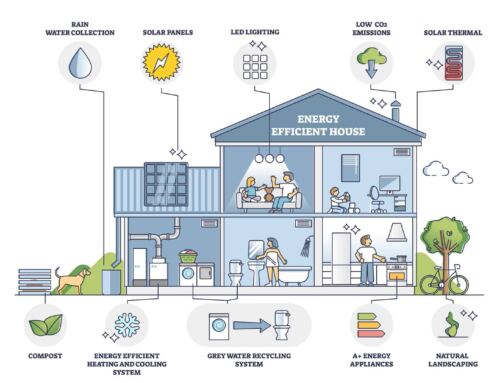
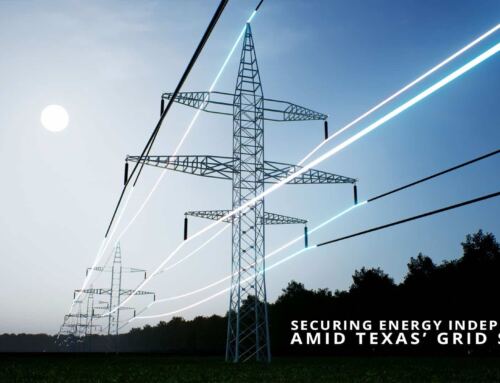
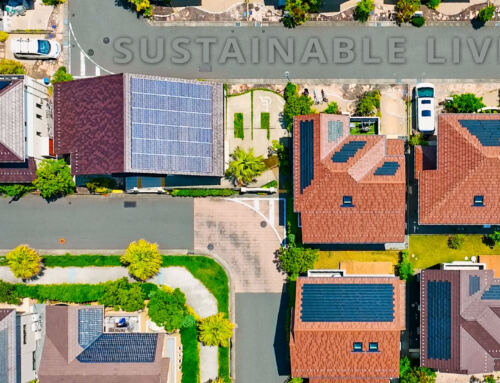

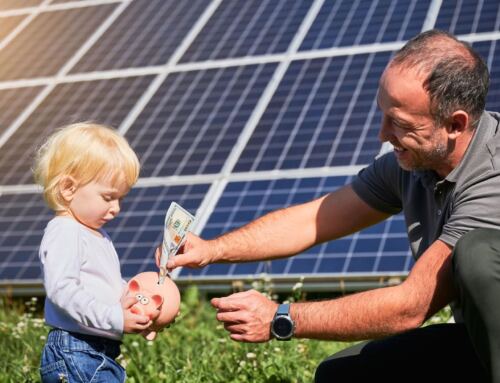
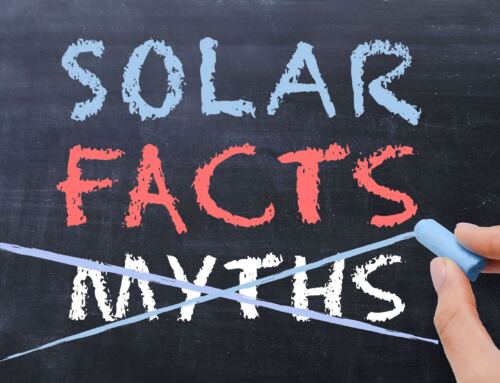
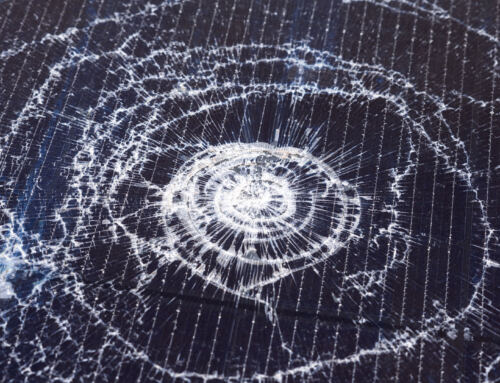
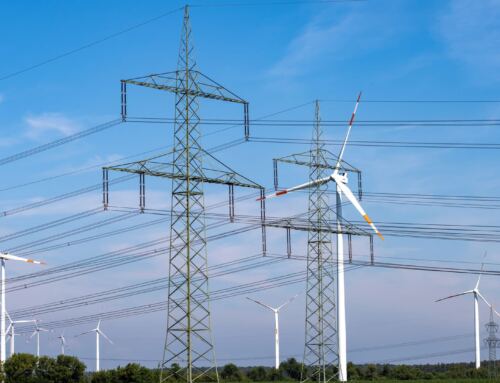

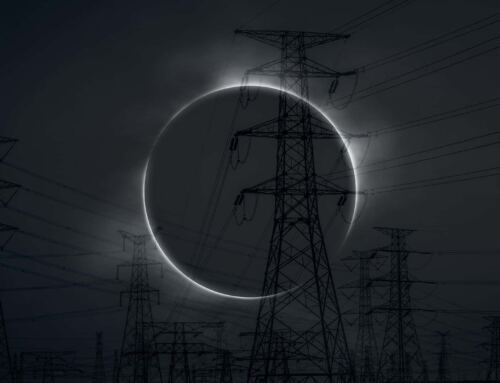
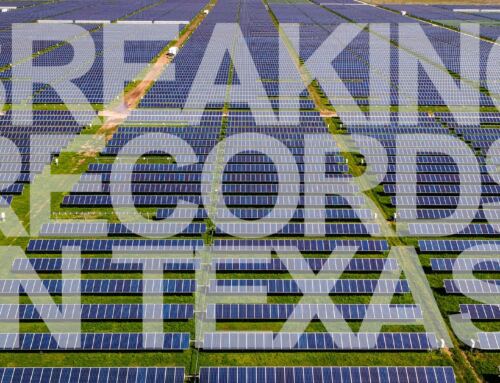
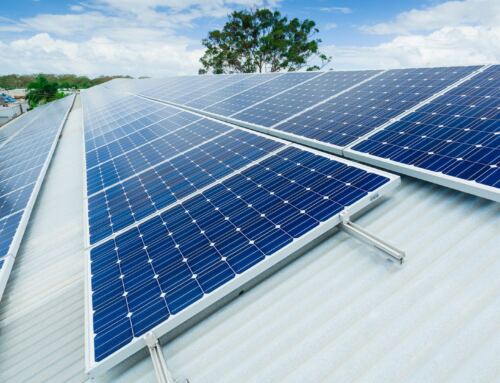
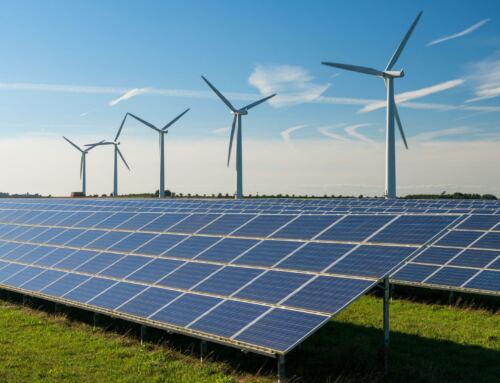

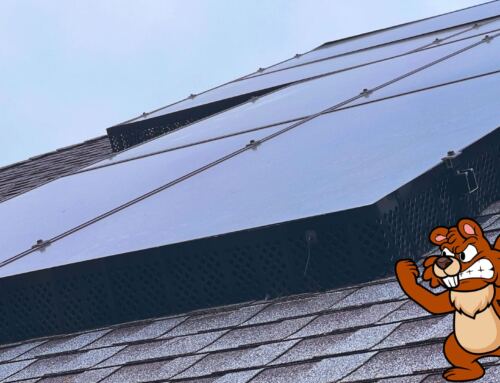
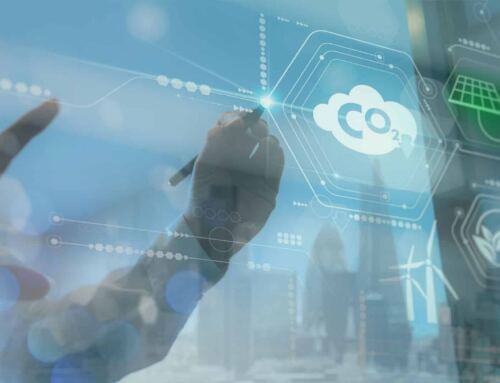
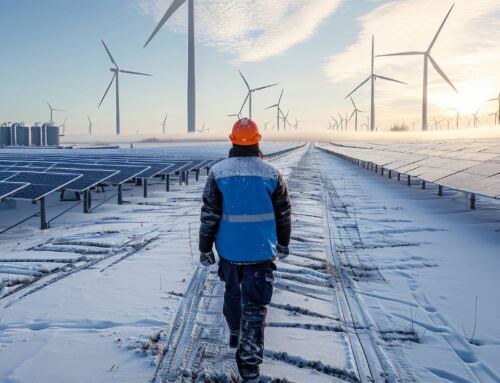
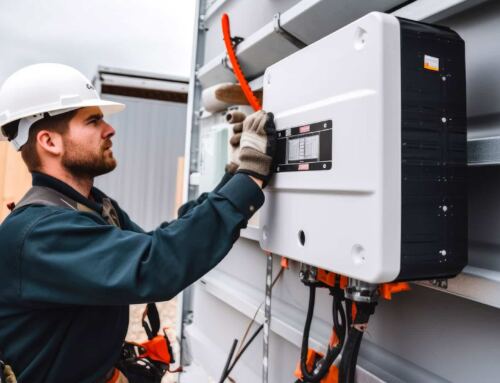
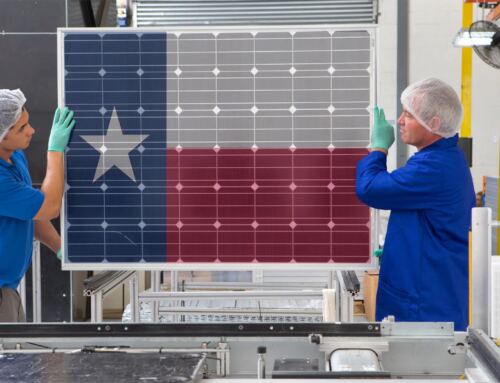
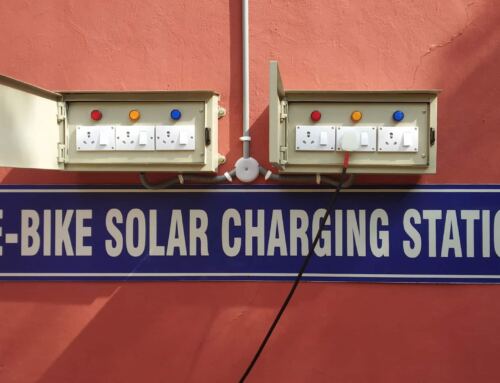

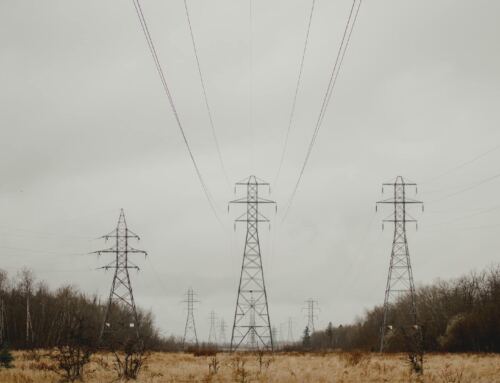
Leave A Comment